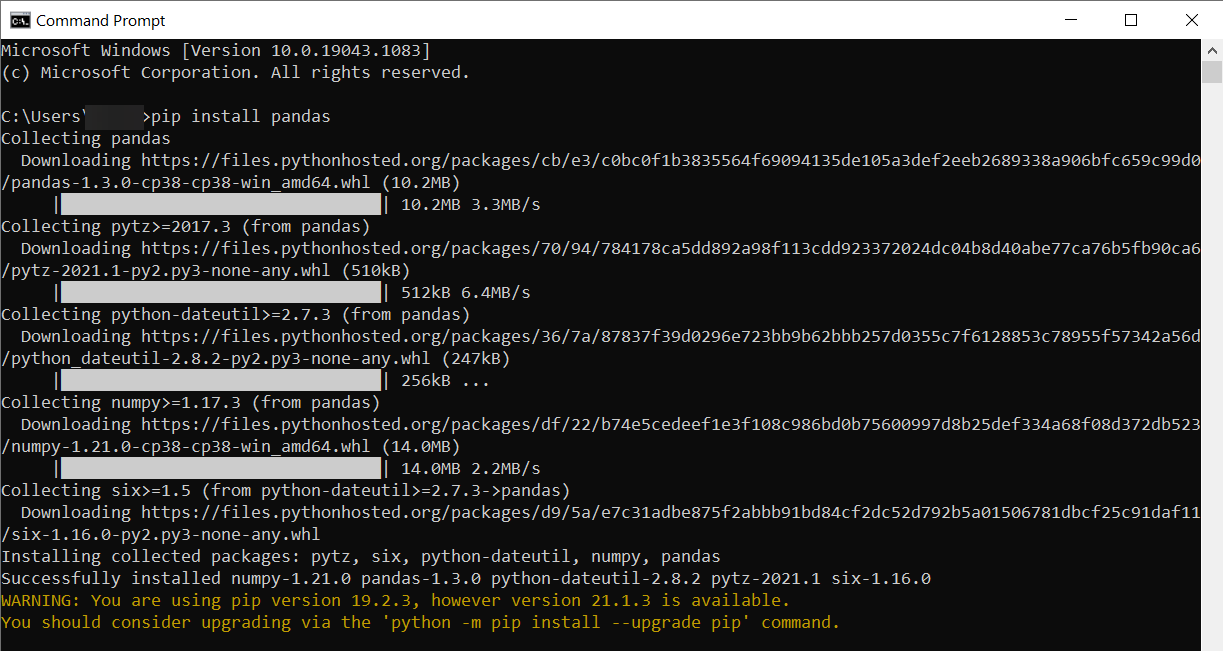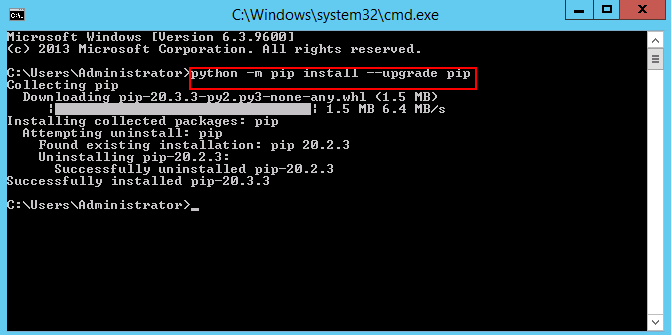

If you were wanting to learn how to use Python 3 on your Raspberry Pi, you have the answer: use the “python3” command instead of “python”. If like me, you always mix the languages syntax, download my cheat sheet for Python here! And the “python3” command will do the same thing with version 3. When you use the command “python” to run a script, you are running it with Python 2. It can be a little disturbing, but yes there are two versions already installed on your Pi. To find the exact version number, use the command line “python –version” and “python3 –version”. Two versions of Python come preinstalled on Raspberry Pi OS: Python 2 and Python 3. Get 10% off by downloading it today! How to know which Python version is installed Raspberry Pi without Python is like a car without an engine, you miss all the fun parts. It will guide you step-by-step to learn the essential concepts (and only the essential concepts) required to achieve any project in the future. Follow my recommendations below and everything should work on the first try!īy the way, if you get overwhelmed as soon as Python is required for a project, I recommend checking out my e-book “ Master Python on Raspberry Pi“. Raspberry Pi OS repositories are generally late from a few versions.Īs always, I’m doing this on my Raspberry Pi, so you won’t have to face bugs and errors yourself.

The only way to install the latest Python version on Raspberry Pi OS is to download it from the official website and install it from sources.

In this article, I’ll tell and show you everything you need to know about the Python versions on your Raspberry Pi. But as often with computers and programming, it’s not always that simple. Raspberry Pi and Python work well together, and Python comes pre-installed on your Raspberry Pi OS.


 0 kommentar(er)
0 kommentar(er)
